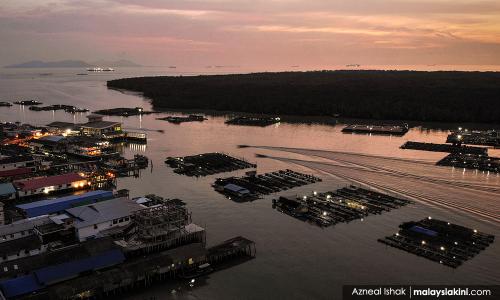Life in a sea village in Tanjung Piai
South of Kukup's ferry terminal in Tanjung Piai is a fishing village with a rich history.
Established 140 years ago, Kampung Nelayan Air Masin started out as a tiny village before developing into a well-known producer of ocean-based goods.
Buildings and homes are stretched out into the sea, raised above the waters by sturdy pillars.
In the past, the only way to get around the village was by using sampan. A 1km-long bridge connecting parts of the village was built after World War Two.
However, cars are unable to enter the village as the roads are only wide enough for motorbikes.
The village's 1,000-odd residents comprising about 100 households are predominantly of Hokkien Chinese heritage.
One of the key products from the village is belacan, a paste made mainly from shrimp called udang geragau. Most of the belacan produced here are sent to Malacca or Singapore.
The villagers also began fish farming 20 years ago and there are now some 70 farms. However, the fish there are increasingly affected by water pollution. Most of the fish are sold to local restaurants or exported to Singapore.
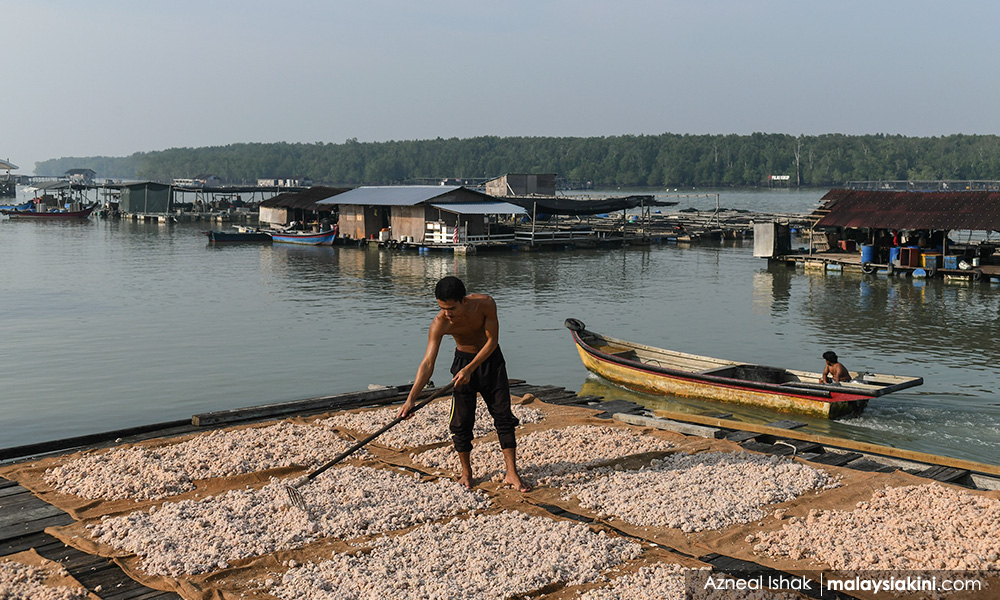
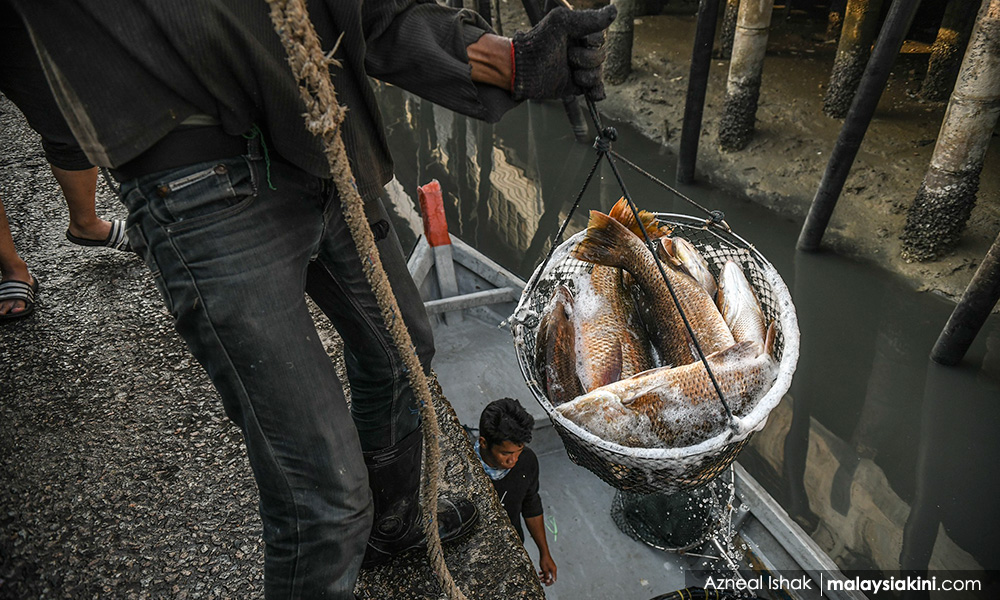
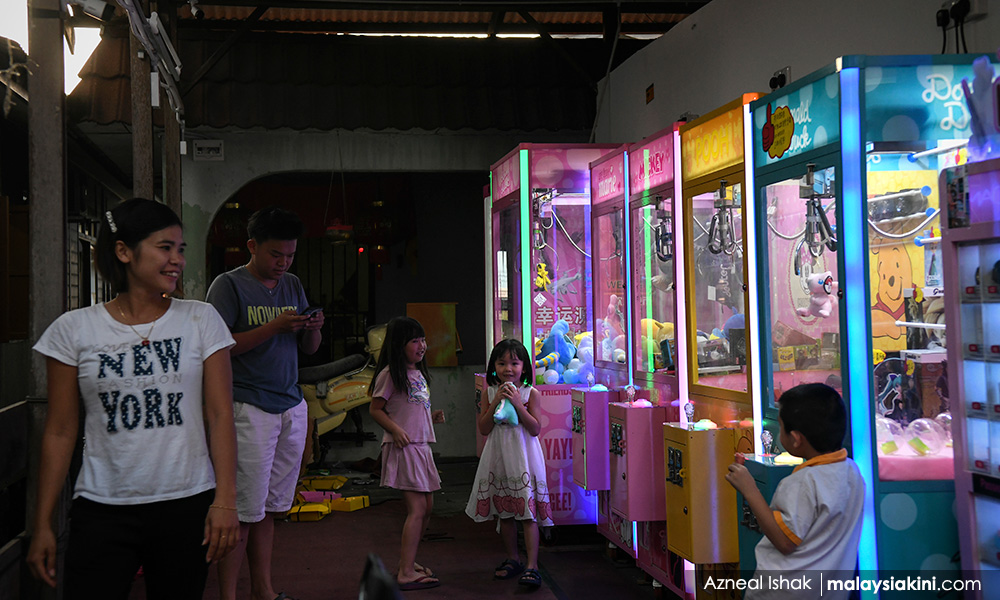
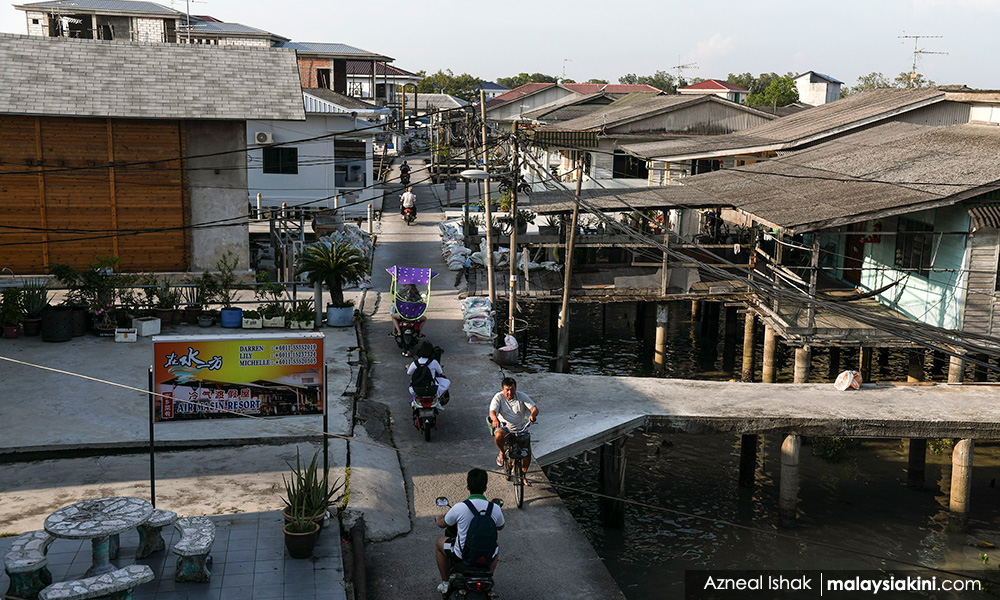
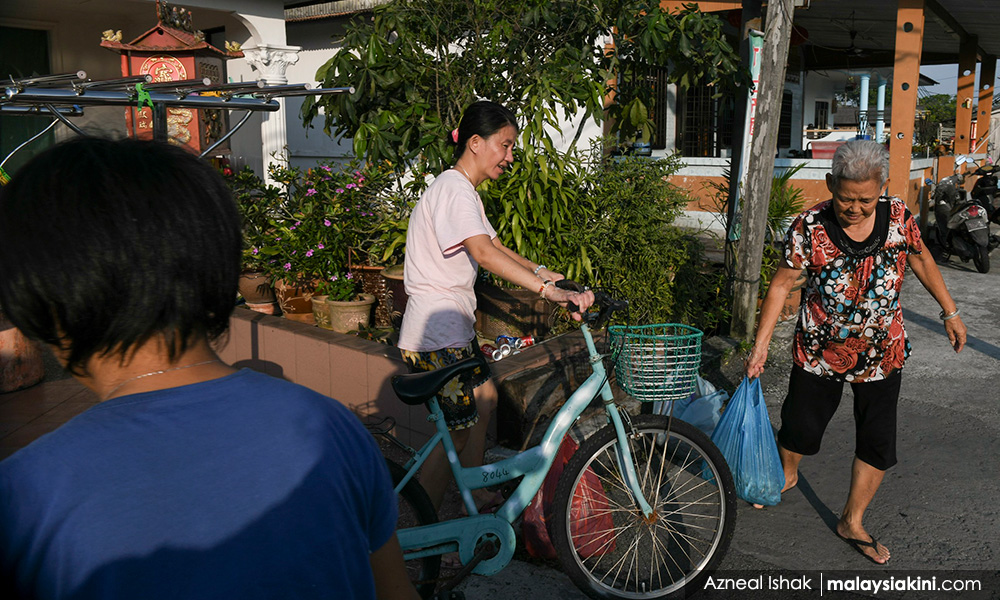
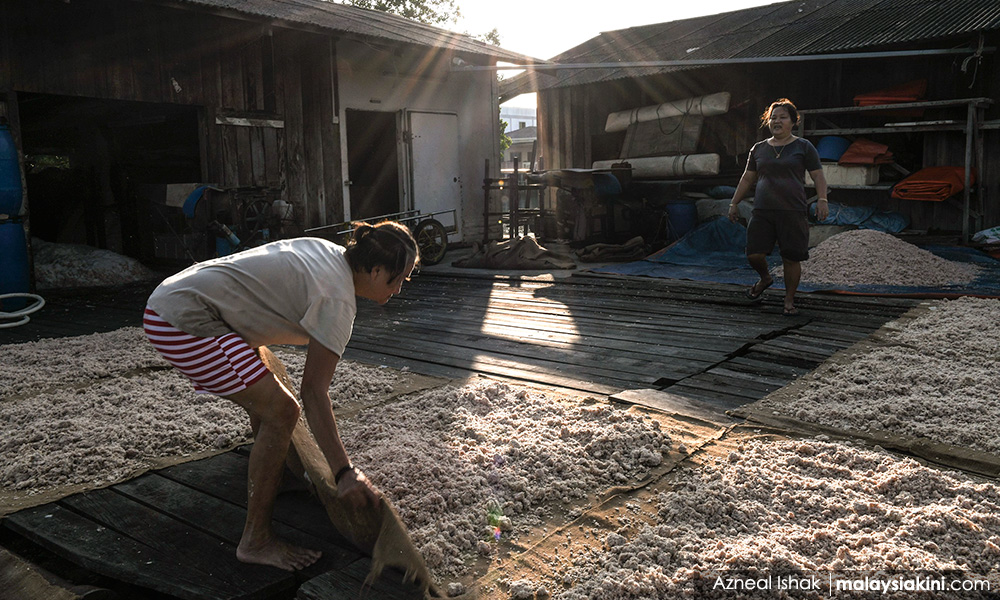

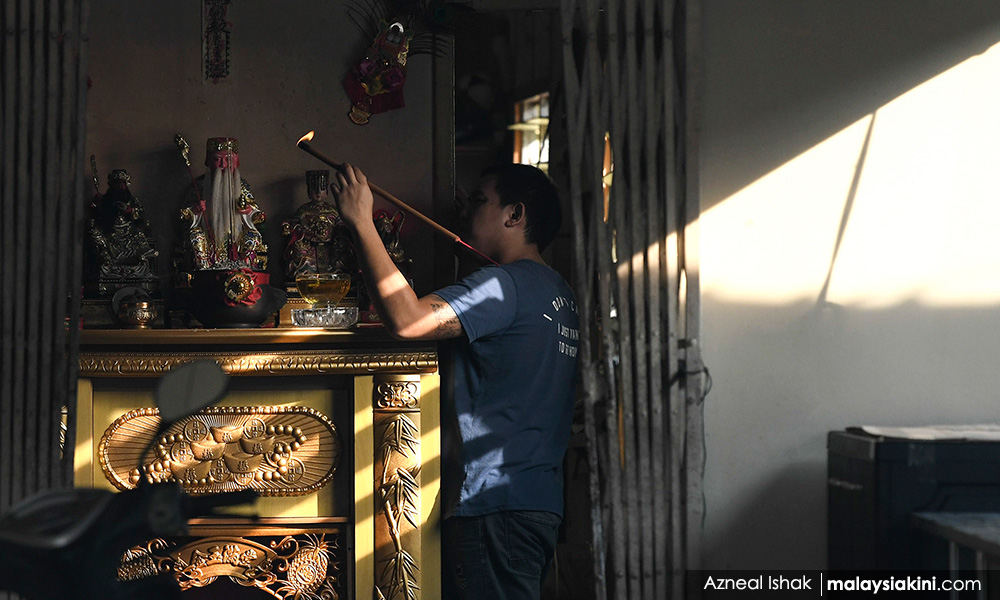
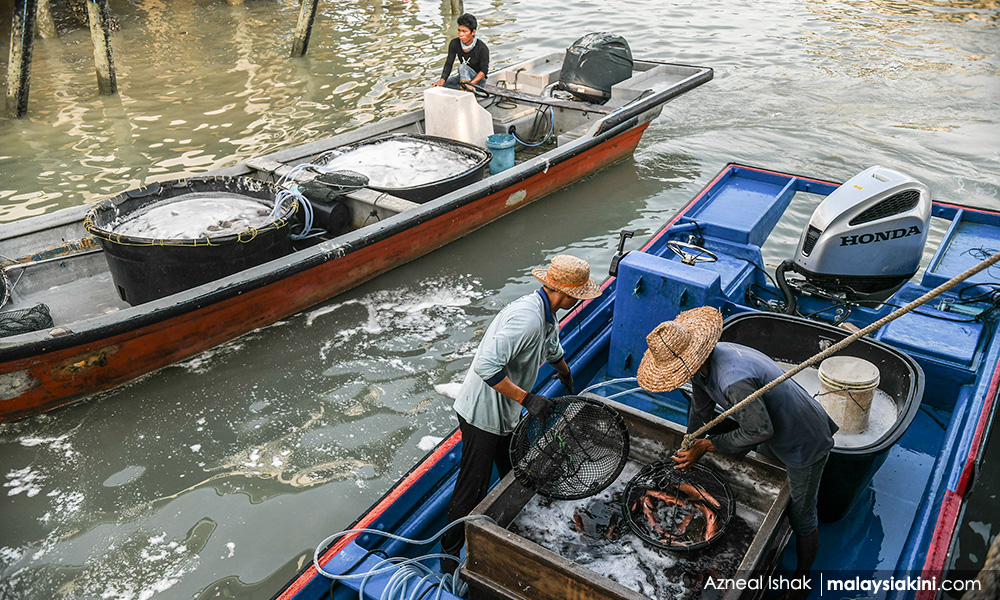
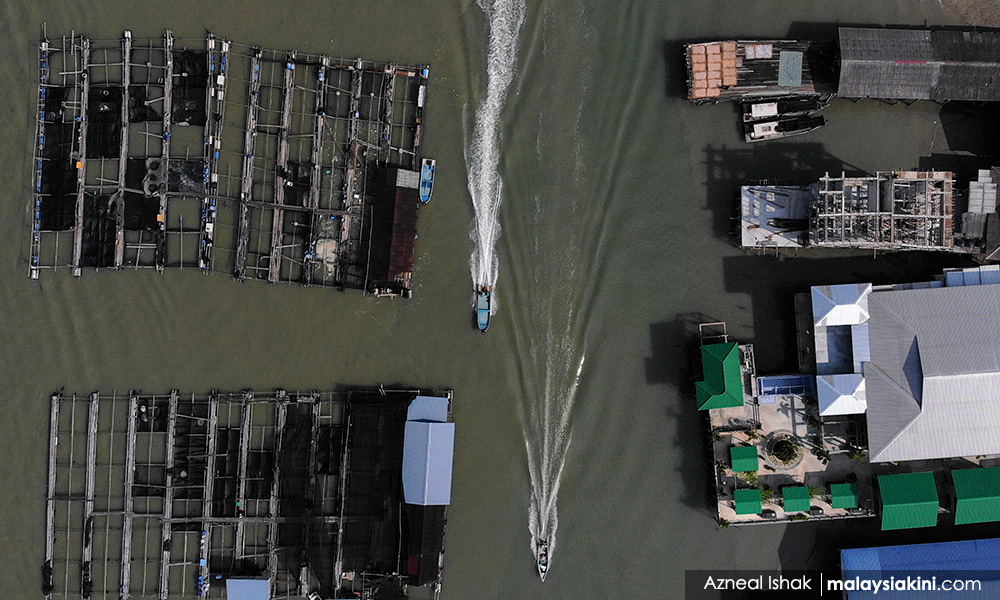
RM12.50 / month
- Unlimited access to award-winning journalism
- Comment and share your opinions on all our articles
- Gift interesting stories to your friends
- Tax deductable
